
More and more today, the questions on materials and sustainability are never-ending, especially concerning what a designer should do amid complex problems such as the ones driving us to climate collapse.
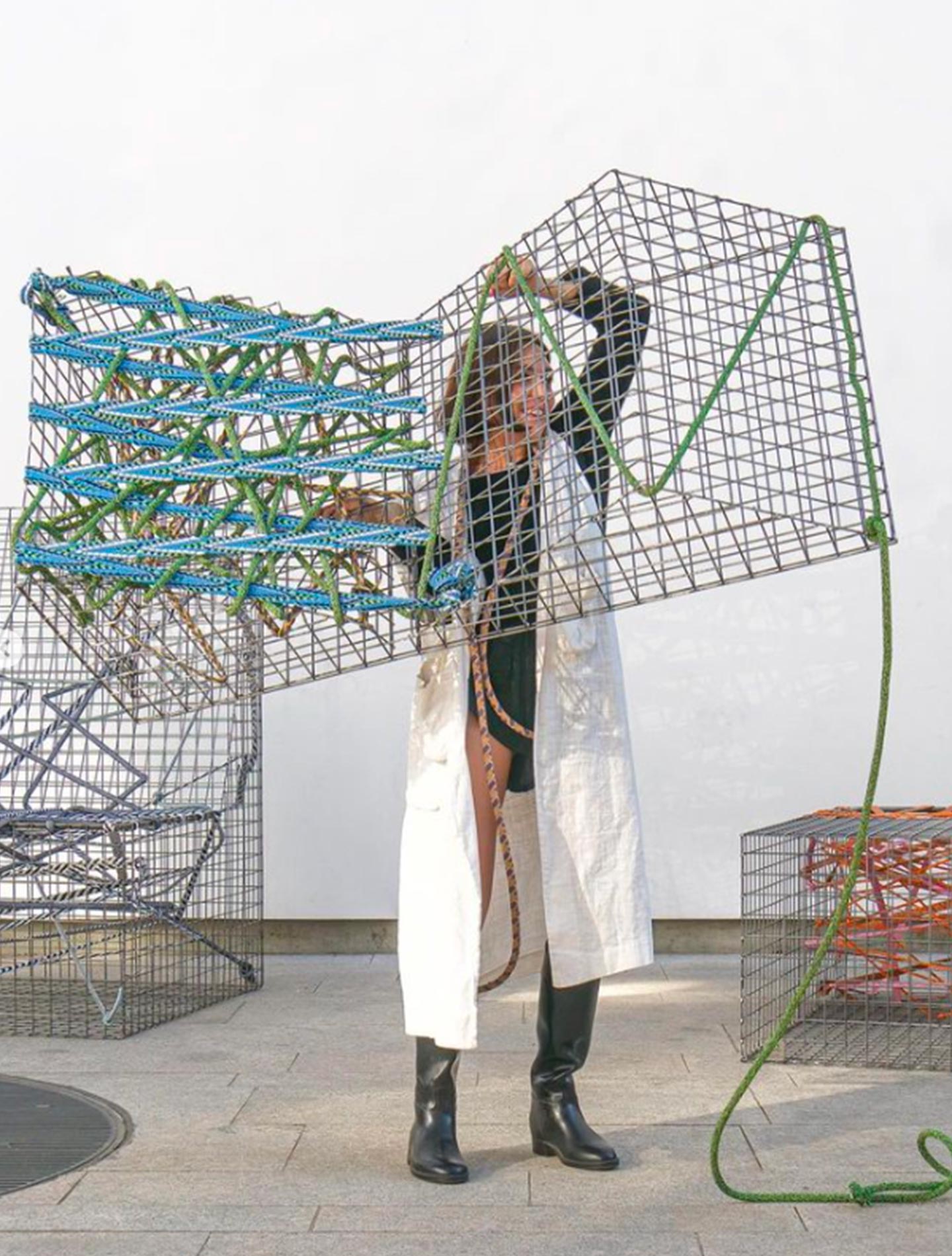
EBE Collective, a brand of restorative design makers recovering discarded furniture components and fabric waste to design unique pieces with the support of local artisans and social cooperatives
The thing is that there is no simple answer. We are aware by now that complex problems, such as the reduction of biodiversity, for example, depend on a massive number of factors. In this scenario, it almost seems like any attempt to design effectively sustainable concepts – be they products, services, or spaces – is not good enough. And they won’t be. If so, should we stop caring at all?
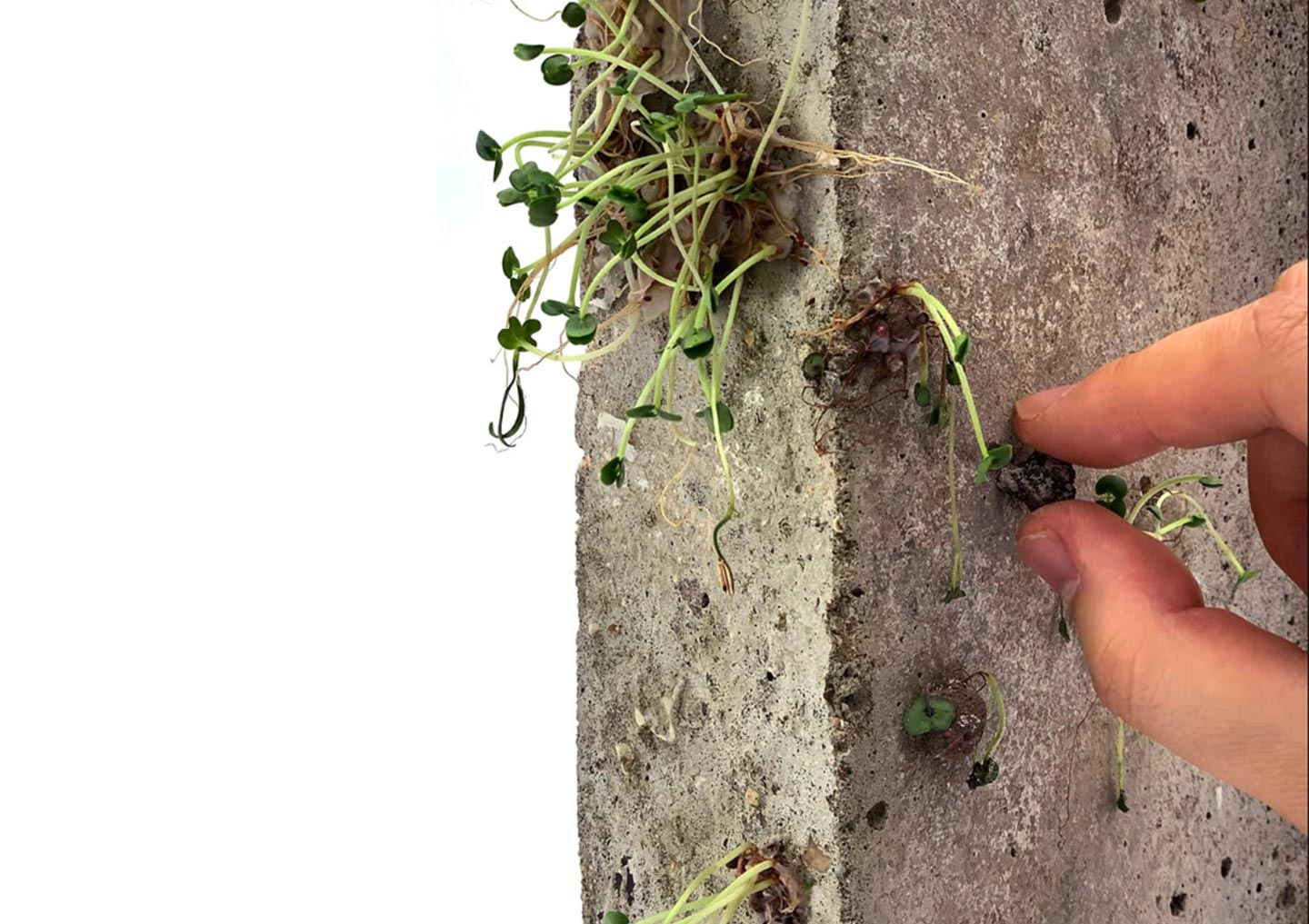
Eunah Lee's Nendo Dango: Greening as street art
Two of the most popular questions I get from students and clients revolve around the “true sustainability” of a new alternative material and, of course, its cost. Though I agree we must keep an attentive watch on greenwashers who try to sell a minor improvement as the silver bullet, I also believe we need to leave some space for what one may call the transition mindset. It is about understanding that improvements are incremental and that challenges will be confronted in an extended timeline.
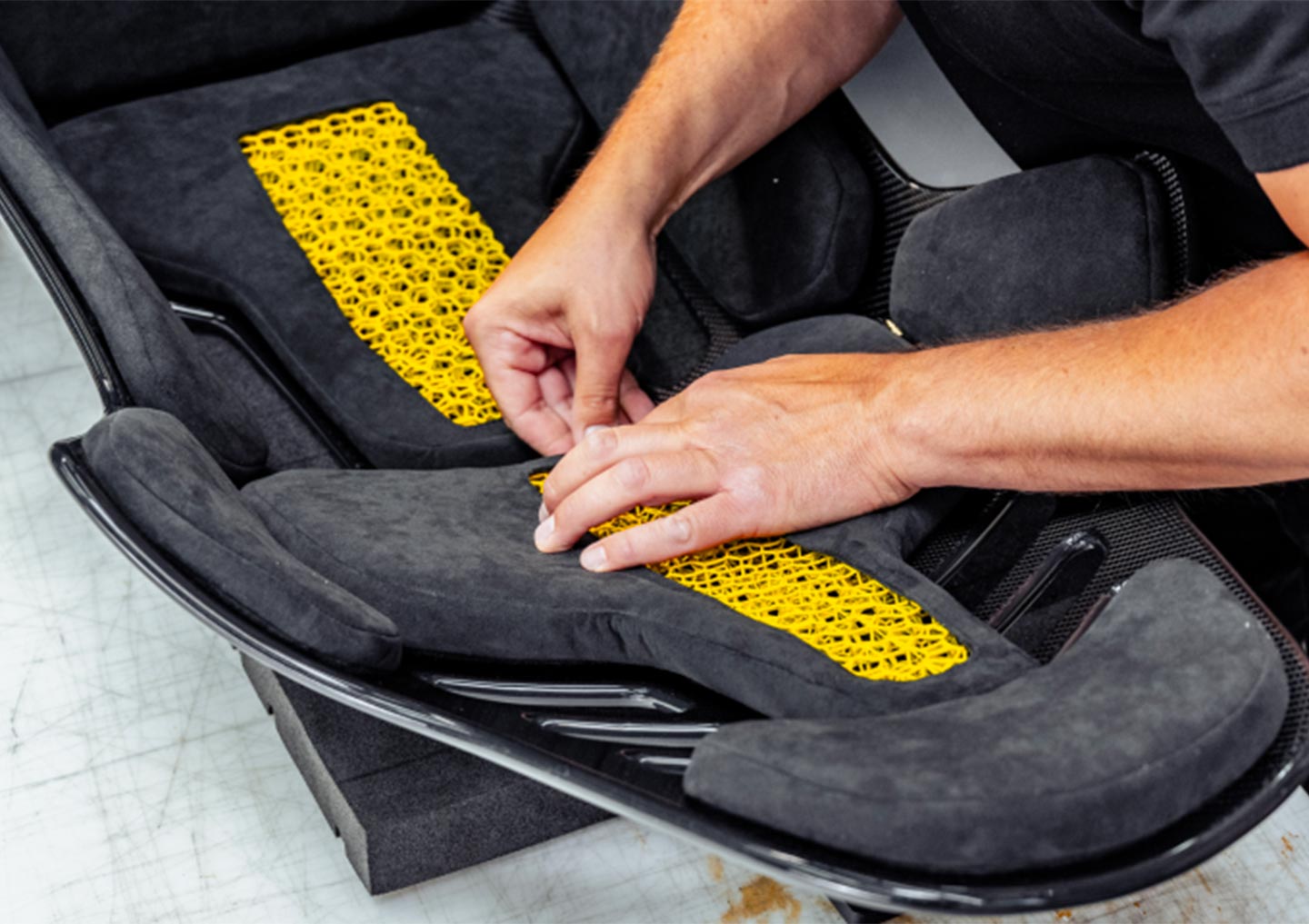
OECHSLER uses additive manufacturing to develop and produce high-performance car upholstery that is individually adapted to the user's needs
To confidently say we are in a transition mindset when choosing materials, we should:
-
Be aware of a material’s sourcing
Where does this come from? What processes are involved in making it? Where? Who is involved in what conditions? Are those sources renewable? It’s hard to get hold of all this information, but we must try. Upon this knowledge, we may choose the best viable option, preferably from local sources. -
Consider material properties for the best possible application
The most sustainable thing is to use a material adequately according to its function and the processes it will go through, from production, transportation, use, and end of life. In this sense, we should look for correctly applying long-lasting materials to reusable products and biodegradable, non-toxic materials to objects that will be used once or only a few times. -
Acknowledge a material’s end of life
What happens when the material is not in use anymore? Can it be recycled? Will the manufacturer take it back? Does it biodegrade, and if it does, is it toxic? It may be quite disappointing to search for answers to these questions, as many high-performing materials are not recyclable, and recycling systems are still incapable of transforming all waste produced. However, it is essential to be informed about the material’s possibilities and local waste policies.
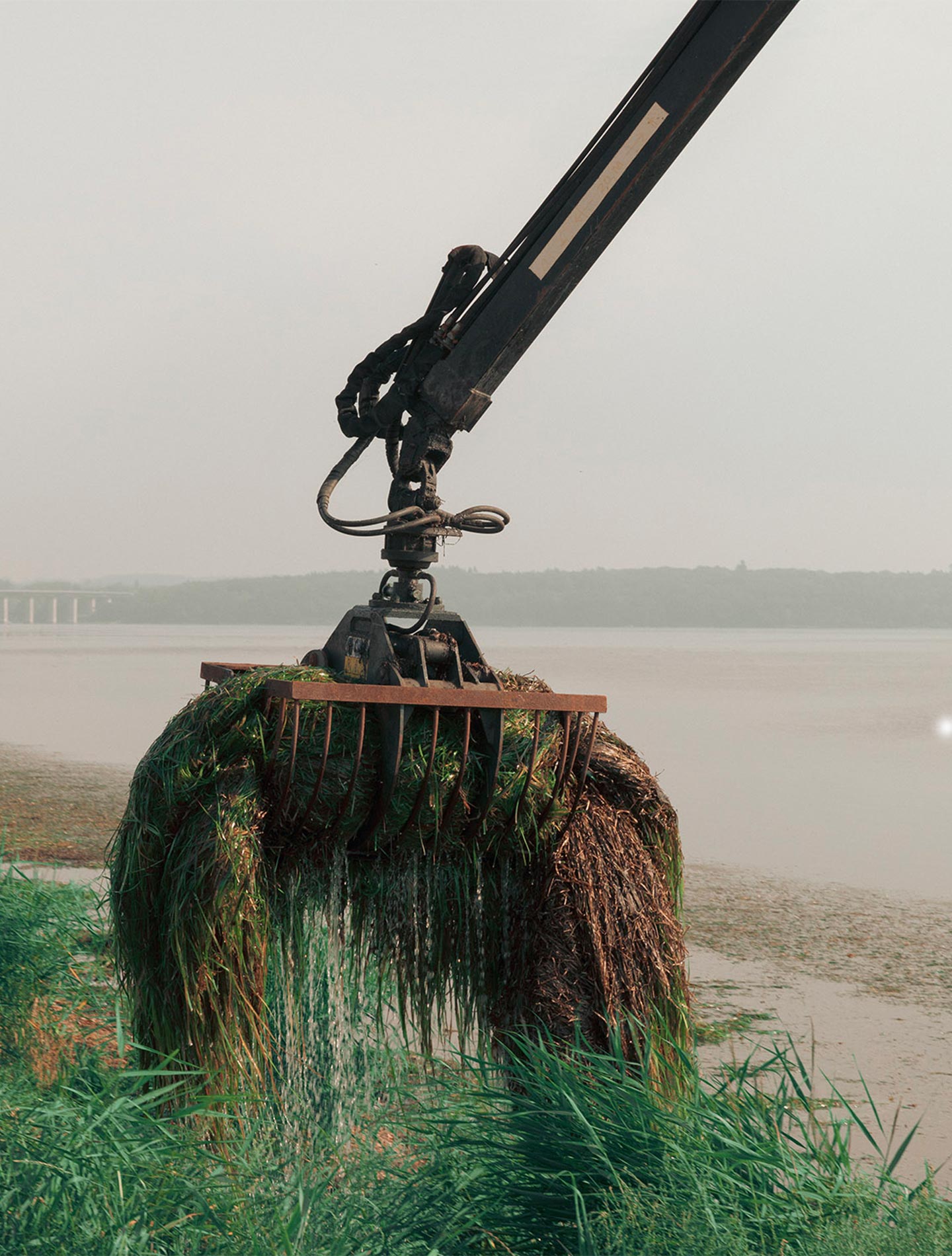
Søuld’s eelgrass products originate from the sea. The organic material embodies the same sense of calm provided by the sea and when taken indoors, it imbues living spaces with a restorative connection to nature
Keeping track of all of that demands time, energy, and insistence – not to mention these are just the starting points, as the list could go on and on. This kind of information is not always available, above all online; when it is, it is often displayed as unstandardised riddles (carbon emissions, water usage, energy usage, and so on).
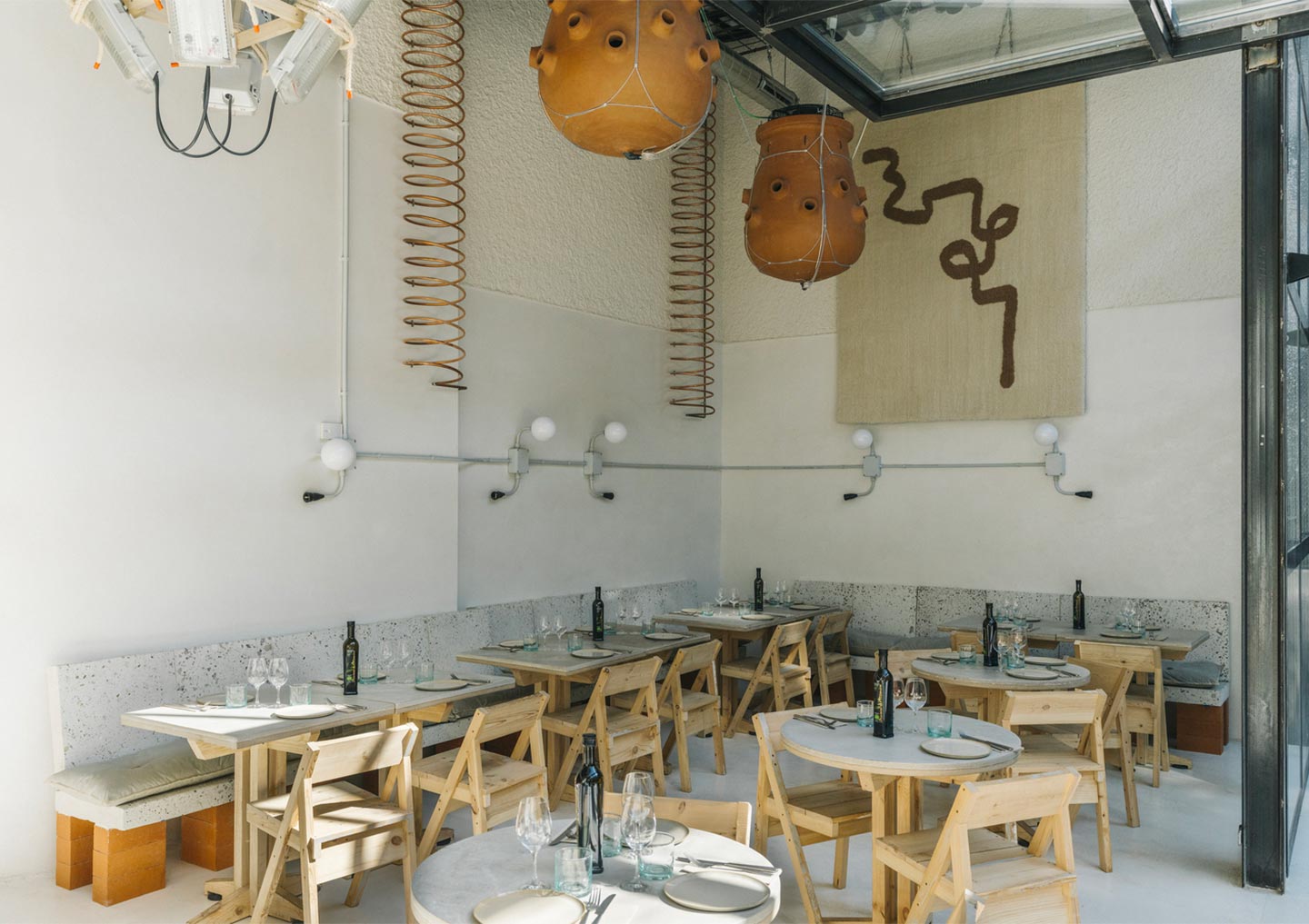
In Madrid, MO DE MOVIMIENTO is a shared leadership model that seeks balance between the profitability of its projects and a positive social and environmental impact. Its beginnings lie with a restaurant space born from the deconstruction of what was once the Espronceda Theater
This is why researching and cultivating good relationships with manufacturers are vital tasks in our work. In a way, you may help them understand your needs in sustainability standards (feel free to use the three points above as starting points to inquire about sustainable features). On the other hand, they will provide valuable information for you to perform your work at best as a responsible designer pursuing the transition mindset.
